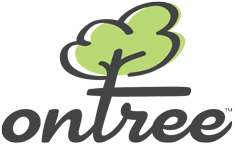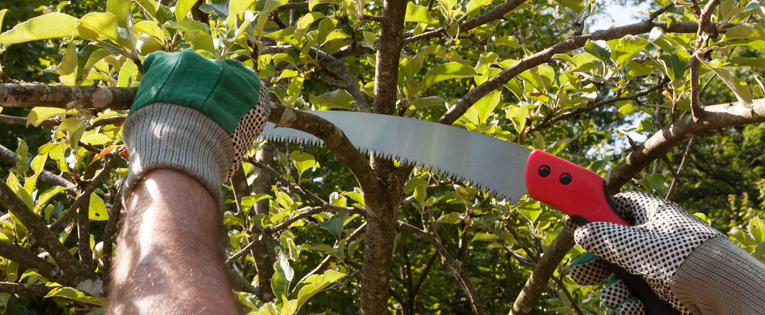Proper pruning encourages growth, improves plant health, repairs damage and provides aesthetic appeal to your trees. As your arborists, we can advise the best type of pruning operation necessary and when to prune. Our certified tree care specialists are qualified in industry leading pruning standards.
Benefits of pruning:
- Eliminate rubbing branches
- Eliminate interference with electrical wires/buildings
- Remove dead/weak limbs that pose hazard/decay
- Train young trees for proper growth
- Increase light penetration
- Improve shape and curb appeal
Pruning Standards: ANSI A300
Regardless of the type of pruning being conducted, there are particular standards followed by tree care professionals involved in pruning operations. These standards have been developed by the American National Standards Institute and are referred to as “ANSI A300”. Some of the more important guidelines for basic pruning operations under ANSI A300 include:
- Do not leave stubs
- Limit or eliminate heading cuts
- Do not make flush cuts
- Do not “top” or “lion tail” a tree
- Do not prune more than 25% of total live growth in a single year unless circumstances warrant
- Do not damage other parts of the tree during pruning operations
- Do not use wound paint
- Do not prune without good reason
Types Of Pruning
Pruning a tree may sound like a standard operation, but in fact there are many different types of pruning services. Take a moment to review the types of pruning services that are available so that your query to us can be more accurate:
- “Crown cleaning” – Pruning for health and safety by removing dead, diseased and broken branches.
- “Crown thinning” – Pruning to reduce density of live branches, typically to allow more sunlight, better air circulation, or reduced weight stress.
- “Crown raising” – Removal of lower branches to provide vertical clearance over a yard, house or other structure.
- “Crown reduction” – Pruning to decrease height and/or spread. This type of pruning is generally restricted to trees with a structural flaw, such as a split or cavity.
- “Crown restoration” – Pruning to improve the structure, form, and appearance of trees that have been severely headed, vandalized or damaged.
- “Vista pruning” – Pruning to allow a specific view.
- Pruning for other specific needs, such as to clear from utility lines, driveways or other nearby trees.
When To Prune
There are several prevalent myths and beliefs concerning the proper time trees should be pruned. For instance, it is a myth that trees, especially maples and birch, should not be pruned in the spring because they bleed. Similarly, there is a commonly held belief that trees cannot be pruned in the winter.
The truth is that pruning done according to proper arboricultural guidelines can be accomplished at any time of the year. Trees pruned in the spring may bleed, but that has absolutely no effect on the tree. Winter is a great time to prune trees because trees are dormant over the winter, so pruning wounds will only be exposed until new growth begins in spring. Also in winter, tree structure is more visible, making it easier to see and attend to potential problems.



Most Commented Posts